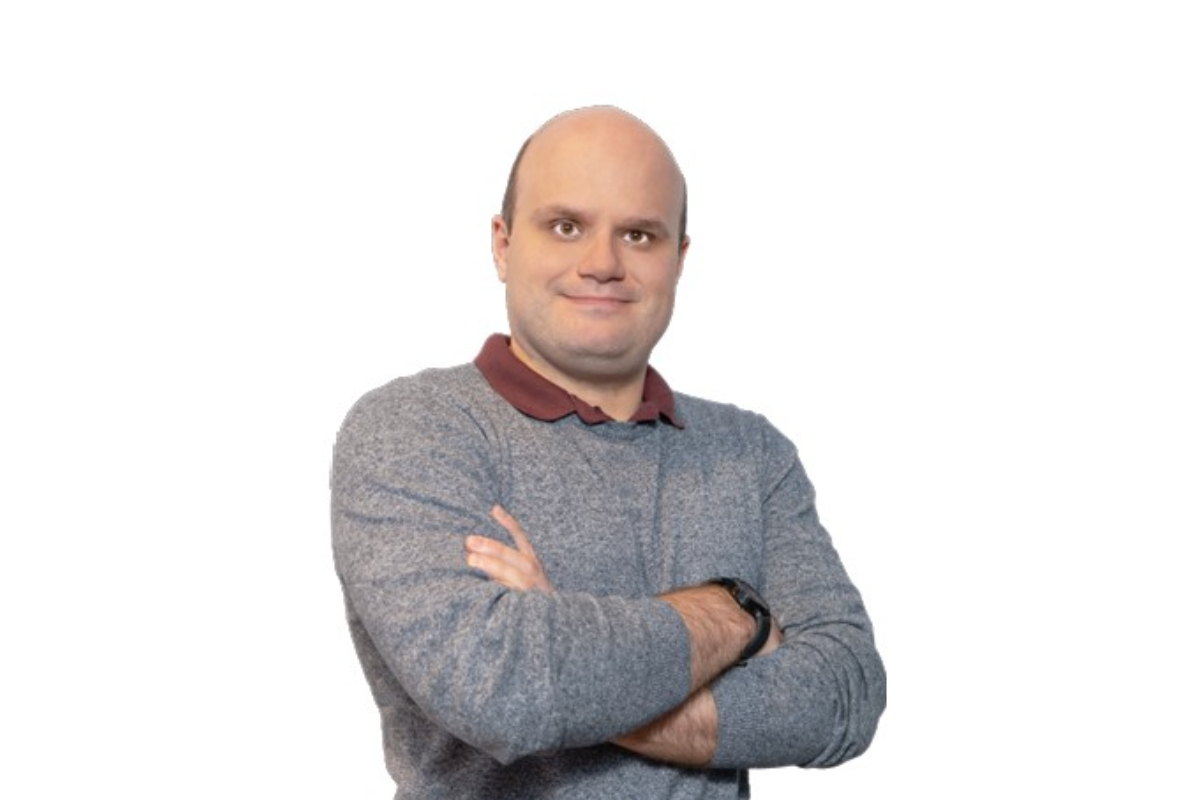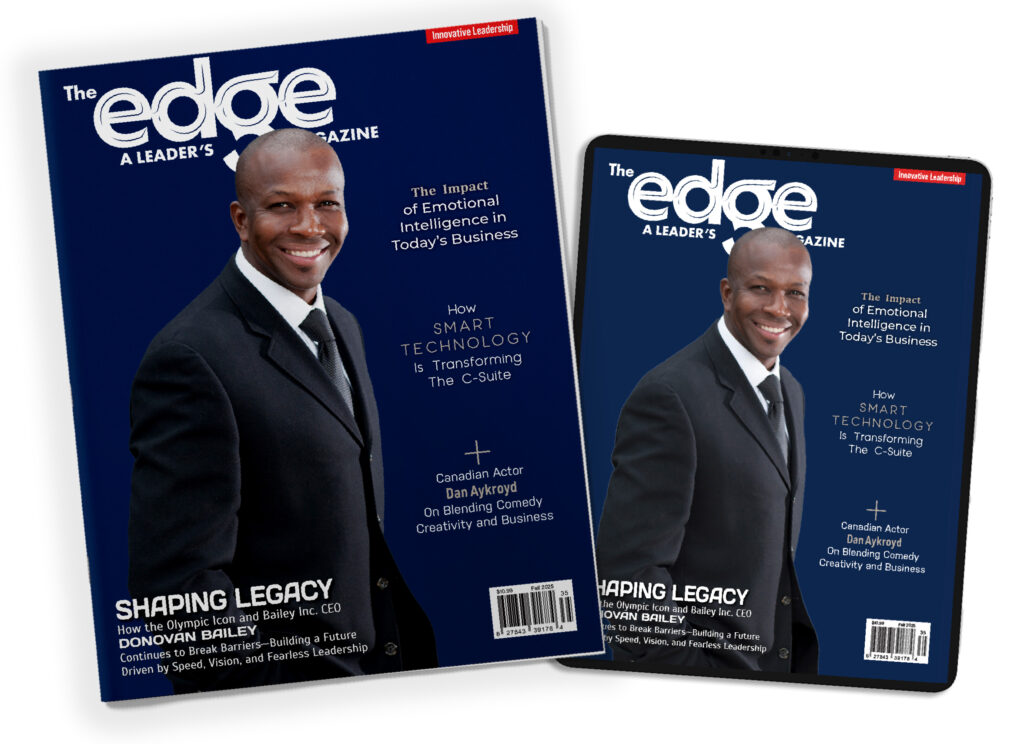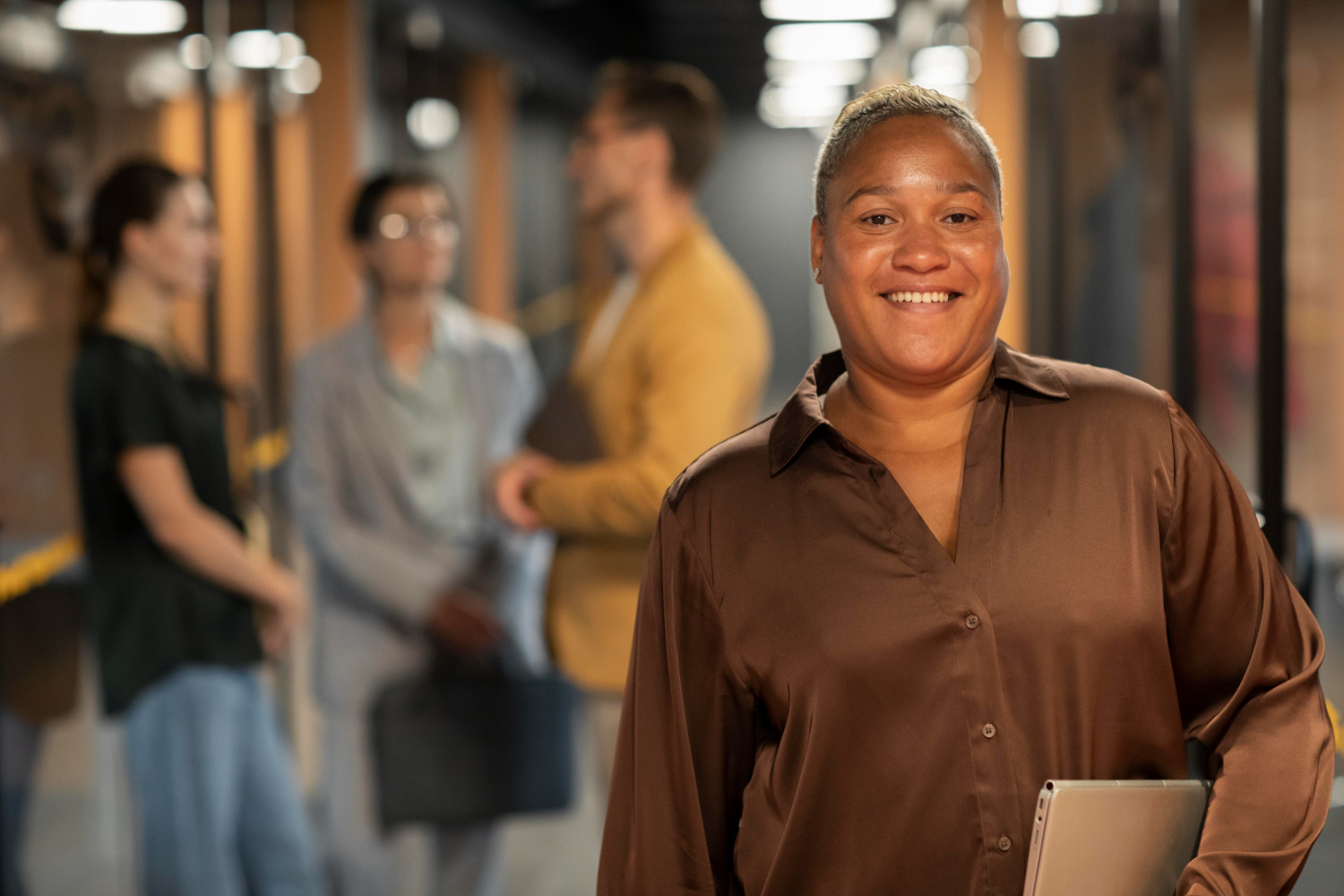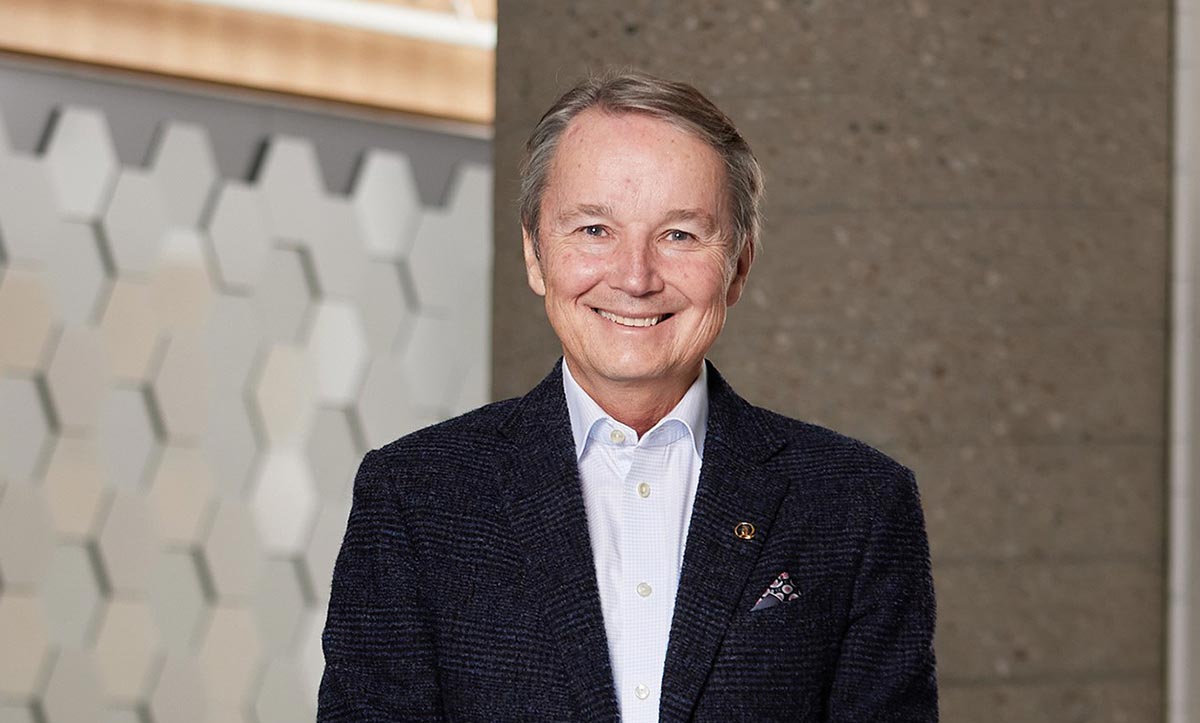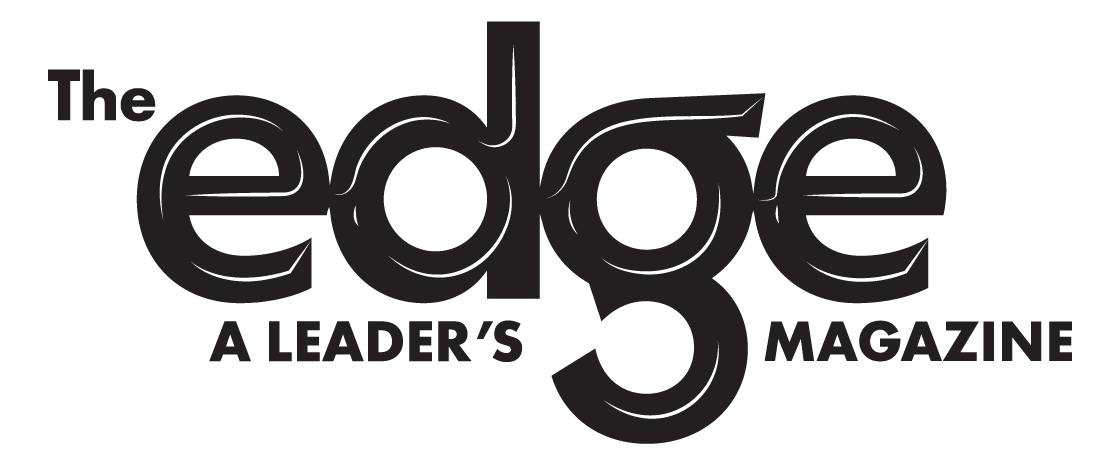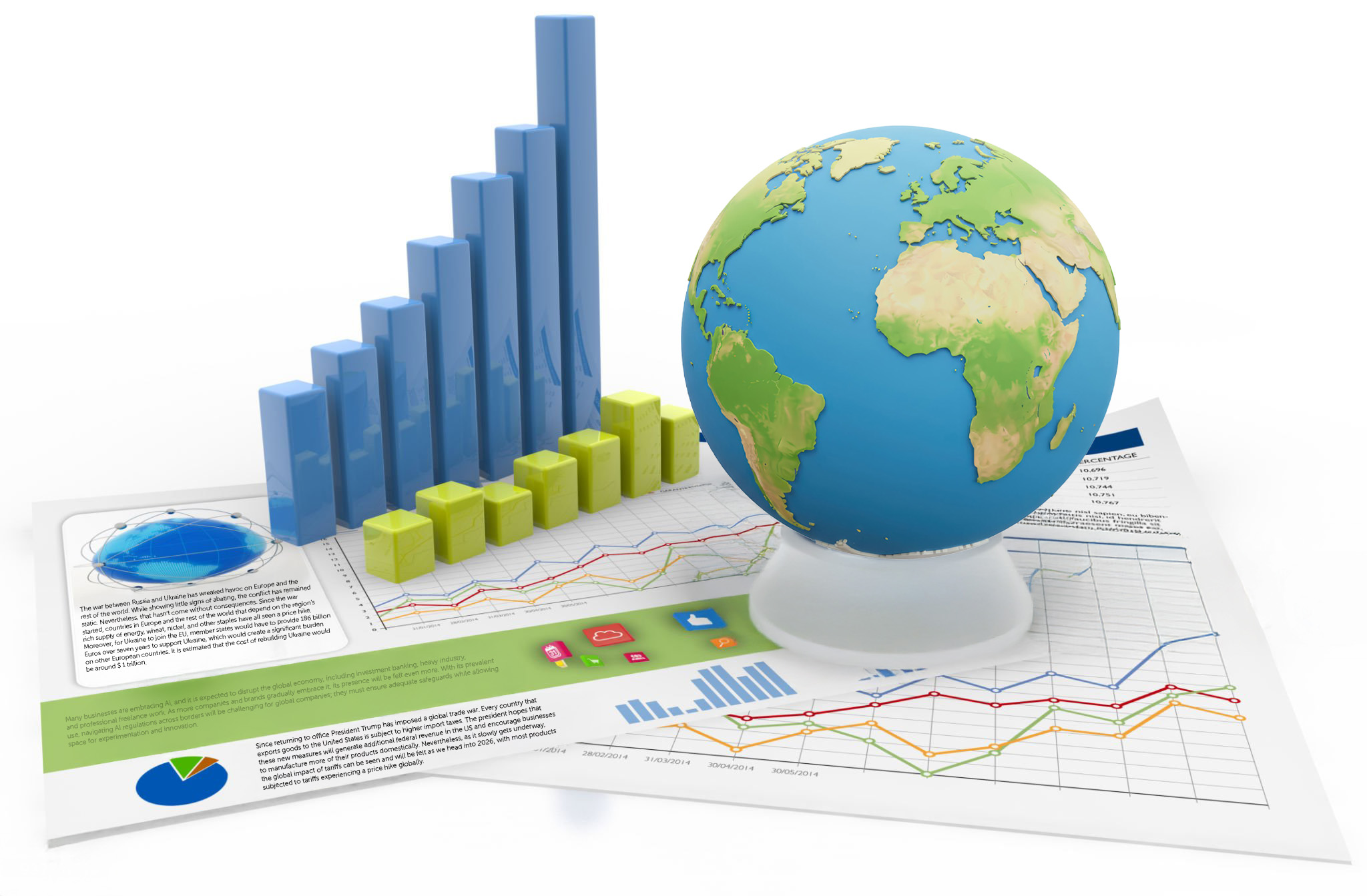Devastating wildfires in Brazil in 2017 led to João Henrique Lopes developing the FireWatch technology that fuels his company, Sensaio Tech. The company combines artificial intelligence (AI) and state-of-the-art sensors to prevent forest fires. FireWatch accurately detects the potential for forest fires in high-risk areas up to five days in advance. This information can then be used by authorities and communities to take proactive measures and reduce the devastating impact of wildfires. The sensor devices continuously monitor a series of factors to assess the risk of an area; the variables include soil temperature, salinity, and moisture level, plus weather data, satellite imagery, and human activity. The information is then put into a computer system, which AI trains to interpret the data and search for patterns to predict the timing and likelihood of the next wildfire. This is especially important in places with thick vegetation or large, urban, heavily-populated areas.
Why do you use AI to minimize wildfire damage?
Our sensors were collecting a lot of data and we saw a way to use math, prediction models, AI, and machine learning to generate heat maps and data about when and where wildfires will occur. We saw that AI can help us a lot.
How does it work?
All our sensors collect data in real time, and we put it into an AI model we developed. This model generates a risk analysis, and the AI is looking for pieces of information within the data to say, “Here’s the probability of a fire here, here; you might have a fire in three days or in five days.” So, AI helps us speed up this process and gives us a chance at getting better results, because they do calculations faster than humans can.
How can the information help people effectively deal with wildfires?
We offer our clients maps showing them high-risk areas and the risk index. Smartly using this data, you can dispatch firefighters to those areas, perhaps preventing fires before they start, and if it starts, avoiding their spread. You can increase the precision of your evacuation plans, protect citizens, and avoid fires getting close to the cities. All this information and data can be available to citizens so they can make plans, so if they need to leave, they can be ready. We have to be ready because sometimes, the fire changes direction. We can use our information to make smart decisions, optimize costs and planning, and put people in the right places at the right moment.
What has your work taught you about AI and about wildfires?
Unfortunately, I can say that last year we saw huge wildfires, and that climate change is something that we see every day in the news. When I started, I saw statistics from the ‘90s, about 6-7 million hectares burned annually in the entire world. Last year, in North America alone, 22 million hectares burned. It’s increased so much, and the next decade will be even worse. Nowadays, we have things like generative AI and ChatGPT that are taking steps further every day. We know that the wildfires are getting bigger, but we also know that the technology and the revenues involved are getting bigger, too. We can see that we can use these two to protect the environment and avoid fires because we’ve predicted them. AI makes everything easier, faster, and more precise.
What would you say to people who are skeptical about the benefits of AI when it comes to wildfires?
A few years ago, the word of the year was related to “the Internet of Things”, and it was just a buzzword. Then people started seeing AI used in everyday things, sometimes for bad things, but I think if you use AI for good things, you can do things you couldn’t do two years ago. There’s a lot of tools that try to improve things using AI, like people using ChatGPT to write an article, but this is not the same thing. You still need to have someone manually doing some work to provide a better result than what AI alone is capable of. Unfortunately, wildfire seasons are going to get worse over the next decade; but AI can be used to produce a lot of good results, so we can use the data and the technologies that are coming to improve the speed and our predictive models to avoid losses.
I guess I’d say that people shouldn’t consider using AI for 100% of things. We still have to pay attention to what’s good and what’s not-so-good. Fortunately and unfortunately, AI will be part of our lives from now, and into the future.
Marcus Medford | Contributing Writer
